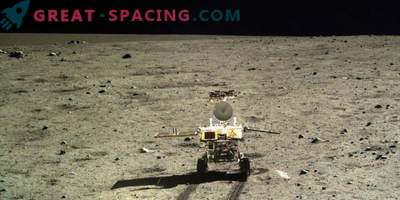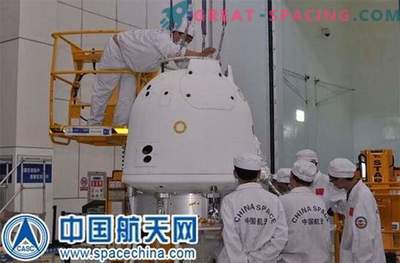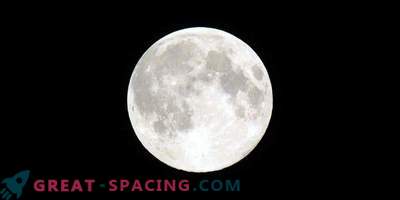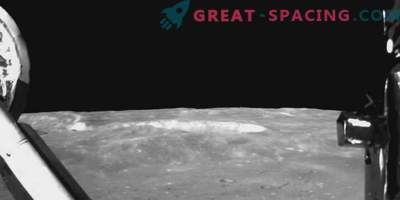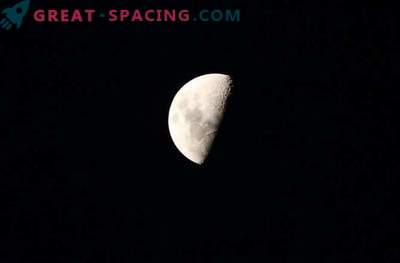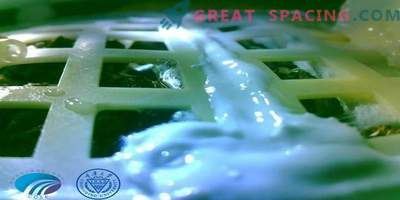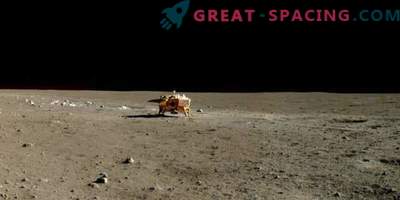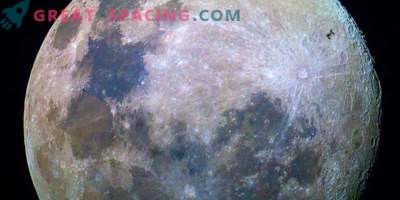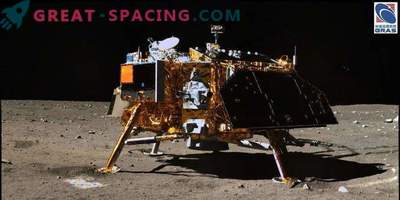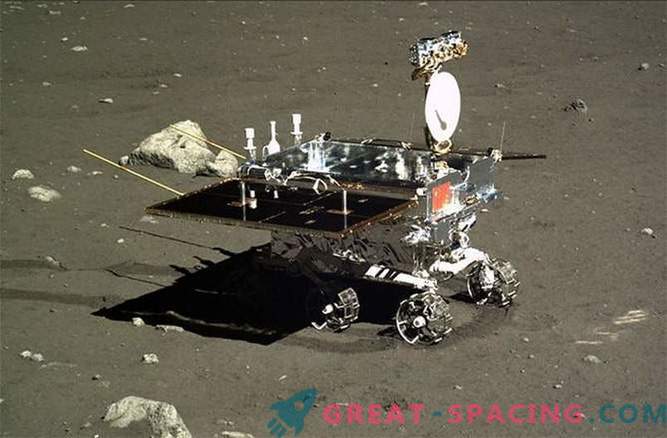
According to the new results obtained by the first Chinese lunar rover, the past of the moon was more interesting and more complex than scientists had supposed.
The Chinese lunar rover Yutu found evidence of at least nine different layers of rock deep beneath their wheels, indicating the amazing geological activity of the last 3, 3 billion years.
“Two of the findings seemed most interesting to us,” said Long Xiao, a research fellow at the China University of Earth Sciences in Wuhan, who is also the lead author of the study. "One of them is that at the end of the history of the volcanism of the moon, there were more powerful eruptions."
"The other - the lunar sea is an area that consists not only of basalt rocks, but also of pyroclastic rocks," added Xiao. "The latest discovery may shed light on the volatile inclusions contained in the lunar mantle."
Yutu (whose name means “jade hare”) is part of the Chang'e-3 Chinese lunar mission. Chang'e-3 includes Yutu and a stationary descent module, which landed on the lunar surface on December 14, 2013.
The lunar rover is equipped with cameras and three main scientific instruments: Lunar Radar (LPR), near-infrared spectrometer (VNIS) and on-board X-ray spectrometer (APXS). A new study, which was published March 12 in the journal Science, led the results of the camera and the LPR, which can explore the surface of the moon to a depth of 1,300 feet (400 m). This data provides a detailed map of the landing site of the Chang'e-3 system, which is only 165 feet (50 m) away from the 450-meter crater known as C1. C1 is the result of a cosmic impact that occurred between 80 million and 27 million years ago.
Yutu studied rock samples under the moonwalker and investigated a strange stone structure called “Loong”, which measures about 13 feet in length and 5 feet in height. In general, observations of the lunar rover suggest that the composition of the rocks at the landing site is very different from where NASA’s Apollo and Luna missions visited the Soviet Union.
"Unfortunately, Yutu has mechanical problems, and the moon rover has completed its mission," said Xiao. "We will no longer receive new data. However, our report provides scientific results based on survey and radar data. Other results from VNIS and APXS will be made public soon."
